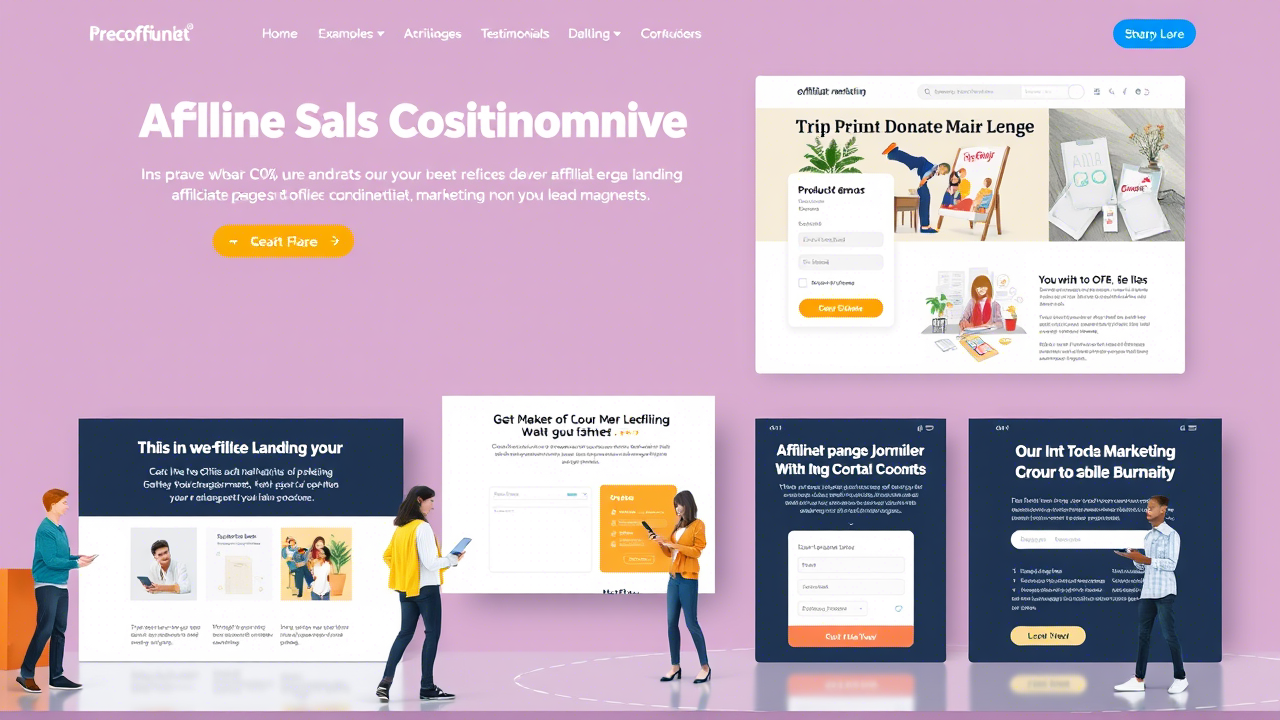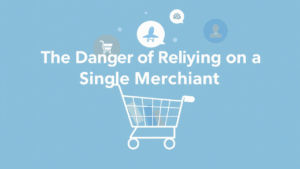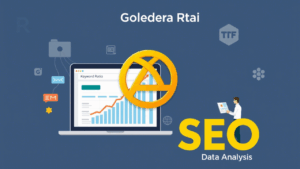You can work for hours upon hours creating the perfect affiliate marketing strategy, tweaking every detail of your campaign. But without an effective landing page, even the most well-executed plan will go up in flames. An effective affiliate landing page can be the traffic click-through magic elixir.
To assist you in getting it correct, we compiled a complete guide to affiliate marketing landing pages. From having an insight into the various types right up to viewing real examples and learning how to create your own, we’ve got you covered.
Things Affiliate Marketers Ask:
- How do I create a landing page that commands attention from the get-go?
- What are the most effective types of landing pages for affiliate marketing?
- Is a squeeze page the same as a landing page?
- How do I get value across with my landing page?
- How do I promote my affiliate offer without being too salesy?
We will be answering all of these questions and more—along with taking you through solid examples and showing you how AI tools can make it easier.
What Is an Affiliate Marketing Landing Page
An affiliate marketing landing page is a one-page site that exists to sell an affiliate opportunity. People land on this page by clicking on a link in an advertisement, blog post, email, or video. The goal? To trigger a desired behavior—whether it’s signing up, clicking through to a product, or buying something.
You can drive traffic to these pages via paid ads, social media, email newsletters, or organic SEO. But the end goal is always the same: conversion.
Pro Tip: Use AI to Create Faster, Smarter Landing Pages
Narrato’s AI landing page creator, for instance, helps you create keyword-rich pages highlighting your product’s key benefits. Narrato has over 100 AI tools for every part of your business, from product descriptions to blog posts and social media posts—making significant portions of your affiliate campaign hands-off.
Bridge Page vs. Landing Page: What’s the Difference?
While they’re normally interchangeable, there is a difference. A bridge page is a bridge between two landing pages—typically from your affiliate content to the product itself. It pre-warms the audience and boosts click-throughs.
Why You Need Landing Pages in Affiliate Marketing
Marketing Sherpa reports that 48% of marketers make a new landing page for each campaign. Why? Because landing pages help affiliate marketers:
- Engage their audience with great visuals, messaging, and CTAs.
- Keep distractions to a minimum in order to focus attention on a single action.
- Capture leads and segment them for retargeting and email follow-up.
- Capture valuable data such as demographics and engagement using tools like Hotjar or Smartlook.
- Invite affiliate partners by showing professional, optimized pages.
AI solutions like Typeface also give you immediate feedback on how well your content matches your brand voice and audience interests—so you can make the most of it before going live.
8 Types of Affiliate Landing Pages (With Examples)
1. Lead Capture Page
These types of pages collect user information through a form in exchange for an offer, like a free download or training. Great for middle-of-funnel (MOFU) leads.
Example: Miles Beckler’s landing page is well-balanced between enticing offer, minimal copy, and large CTA, with a short sign-up form to complete.
2. Squeeze Page
Squeeze pages are simpler than lead capture pages. They ask for only an email—ideal for top-of-funnel (TOFU) traffic.
Example: Another Beckler page has a tightly targeted headline, minimalist design, and a simple email form popup on CTA trigger.
3. Click-Through Page
This is a bridge to the last affiliate offer page, without any capture of user information. It gives only as much information as is required to trigger a click.
Example: A Beckler example uses bold imagery, a powerful hook, and short benefits followed by a bold red CTA button.
4. Splash Page
These simple landing pages give a short message and image before redirecting to the main site. Perfect for brand awareness or announcements.
Example: Zac Johnson’s splash page is short on message, understated imagery, and minimal design to more information.
5. Microsite
A microsite is a tiny, specialized site for one campaign or affiliate niche. Excellent for showcasing multiple offers or detailed content.
Example: DealsViking corrals Amazon deals in a minimalist, clean layout ideal for deal hunters.
6. Sales Page
Used for bottom-of-funnel (BOFU) visitors, sales pages are long and convincing. They’re designed to close the deal, not necessarily generate leads.
Example: Matt Giovanisci’s sales page uses storytelling and personal experience to sell a blogging toolkit—balanced with clear CTAs and no distractions.
7. Viral Landing Page
These are designed to be shared. With compelling content, social sharing buttons, and easy-to-follow visuals, they help build awareness and expand reach.
Example: DogFoodAdvisor uses social proof, minimal design, and share tools for traffic and trust.
8. Infomercial Page
It is a sales letter in cyberspace on steroids. There’s storytelling, reviews, and trust through lots of content.
Example: A second Giovanisci page shows how he’s using Asana with imagery to back it up, with storytelling, and real user reviews—ultimately leading to a clear CTA.
How to Create High-Converting Affiliate Landing Pages
1. Start With a Killer Headline
Get visitors hooked with a strong, interest-raising hook. Your headline has to make visitors scroll down and take action.
???? Tool: Narrato AI Headline Generator
2. Use Eye-Catching Visuals or Videos
Your visuals have to support your message—not distract from it. Utilize clean design, relevant graphics, and short videos to show the product being used.
???? Tools: Canva, Narrato AI Image Generator, InVideo
3. Write Simple, Clear Copy
Keep your message concise. Short, benefit-focused copy works best. Sell the offer, define why it’s worth it, and guide the reader toward your CTA.
???? Tool: Narrato AI Writing Assistant
4. Implement a Clear CTA
Your call-to-action should be clear, bold, and distraction-free. Employ contrasting colors and action text.
???? Tool: Narrato AI CTA Generator
5. Add Testimonials for Social Proof
Trust is equal to conversions. Use user quotes, reviews, and ratings to make it trustworthy and encourage visitors to make a choice.
Last Example: A Perfect Affiliate Landing Page
Take a look at Kim Snider’s ReverseYourFunnel webinar page. It has:
- Short benefit-oriented headline
- Clear design and CTA
- Low distractions
- Value-driven copy
It is an ideally designed affiliate marketing landing page.
Conclusion: Key Takeaways
A perfect affiliate landing page is as simple as two things:
- Knowing your audience – what their pain points are, what they need, and what stage they’re at in the buying process
- Telling your value proposition – the value the prospect gets out of your solution
By the strategies, examples, and tools in this guide, you can create high-impact landing pages that increase conversions and expand your affiliate income.
???? Steer clear of affiliate marketing mistakes? Read our guide on how to mistake-proof affiliate content marketing.




